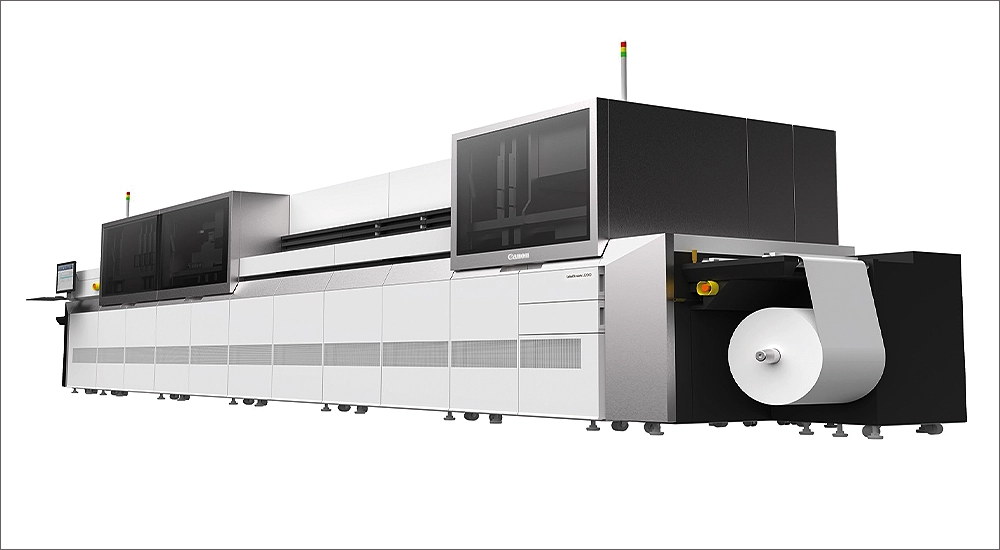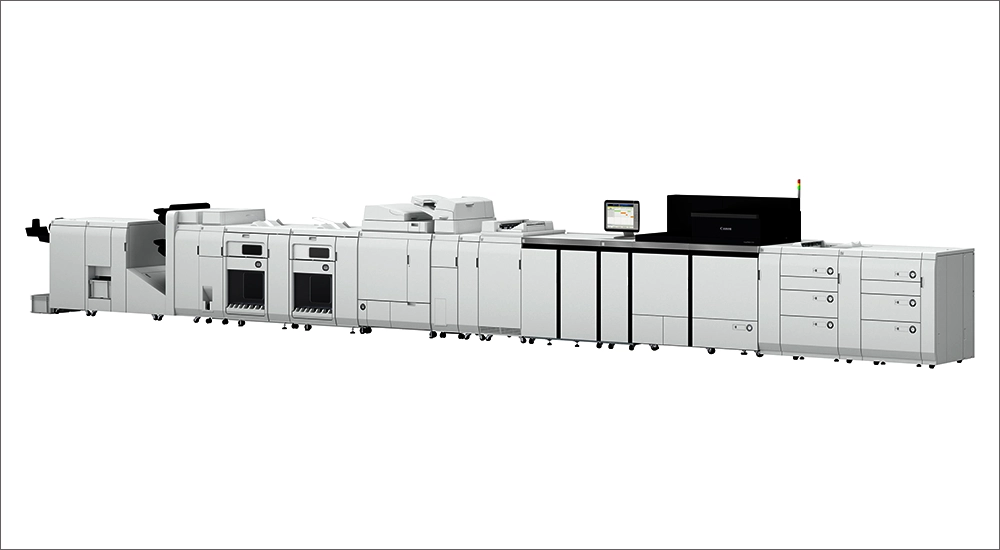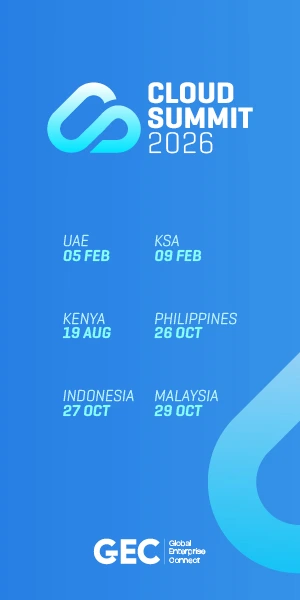Studies consistently show that physical materials engage in deeper emotional processing and create stronger brand associations than digital media alone. A study found that direct mail requires 21% less cognitive effort to process than digital media, suggesting that it is both easier to understand and more memorable says Shadi Bakhour at Canon Middle East.
In an era dominated by digital screens and scrolling feeds, conventional wisdom suggests that print is a fading relic destined for obsolescence. Yet this narrative overlooks a powerful truth: print is not dying – it is evolving, transforming into something more targeted, more personalised, and more impactful than ever before.
The digital revolution has not replaced print; it has redefined it. Today’s most successful marketers understand that print and digital are not adversaries in a zero-sum game, but complementary forces that, when strategically integrated, create customer experiences far more powerful than either could achieve alone.
We live in a paradox. As our world becomes increasingly digital, the physical, tactile experience of print has become more distinctive, not less. A well-crafted piece of print collateral offers something increasingly rare in our digital existence – a moment of undivided attention, free from notifications and the temptation to scroll.
Neuroscience supports this observation. Studies consistently show that physical materials engage in deeper emotional processing and create stronger brand associations than digital media alone. A study found that direct mail requires 21% less cognitive effort to process than digital media, suggesting that it is both easier to understand and more memorable.
When asked to cite the brand of an advertisement they had just seen, recall was 70% higher among participants who were exposed to a direct mail piece, 75% than a digital ad, 44%. In a world where capturing customer attention is increasingly challenging, these are advantages too significant to ignore.
Gone are the days when personalisation meant simply adding a name to a form letter. Today’s data-driven print campaigns can be tailored to individual preferences, behaviours, and purchase histories at scale. A retail chain can produce thousands of catalogues, each with product selections and offers uniquely relevant to each recipient.
A financial services company can create statements that include personalised financial advice based on individual customer data. A hospitality business can deliver targeted promotional materials that speak directly to a customer’s previous experiences and preferences.
This data-driven personalisation represents print’s digital transformation – the marriage of digital intelligence with physical impact.
Today’s most sophisticated marketers recognise that the question is not print or digital but rather how can print and digital work together? Building comprehensive customer journeys that seamlessly integrate print touchpoints with digital experiences creates a whole greater than the sum of its parts.
Consider how a personalised direct mail piece can include a QR code linking to a custom landing page. Or how triggered print communications can be automatically dispatched following specific online behaviours. Or how augmented reality can bridge printed materials with digital content, creating interactive experiences that begin with the physical and extend into the digital.
Research demonstrates that multichannel customers spend three to four times more than single-channel customers do. Another study found that single-channel campaigns have a 10-20% success rate. In contrast, multichannel campaigns can achieve success rates of 50-100% or more.
These figures underscore the power of print not as a standalone medium but as a critical component of an integrated, multichannel approach. The evolution of print extends to sustainability as well. Today’s digital printing technologies have dramatically reduced waste and resource consumption compared to traditional methods.
For businesses seeking to thrive in today’s competitive landscape, the path forward is clear: embrace the complementary power of print and digital in your marketing strategy. Invest in technologies and partnerships that enable targeted, data-driven print communications. Develop campaigns that thoughtfully integrate print touchpoints into comprehensive customer journeys.
In doing so, you will discover that print is not a vestige of the past but a vital, evolving medium that, when strategically deployed alongside digital channels, creates customer experiences of unparalleled impact and effectiveness.
The future belongs not to those who choose between print and digital but to those who master the art of bringing them together.

Key takeaways
- As our world becomes increasingly digital, the tactile experience of print has become more distinctive, not less.
- Studies show that physical materials engage in deeper emotional processing and create stronger brand associations than digital media alone.
- Gone are the days when personalisation meant simply adding a name to a form letter.
- For businesses seeking to thrive, the path forward is clear: embrace the complementary power of print and digital in your strategy.
- Invest in technologies and partnerships that enable targeted, data-driven print communications.
- Develop campaigns that thoughtfully integrate print touchpoints into comprehensive customer journeys.
Saudi Arabia
Saudi Arabia stands at the forefront of this print renaissance. As the Kingdom pursues its Vision 2030 goals of economic diversification and technological advancement, the printing industry is expected to reach a projected revenue of $1.9B by 2030 at a compound annual growth rate of nearly 4%.
This remarkable expansion reflects the recognition among Saudi businesses that modern print technologies are essential tools for effective marketing, packaging, and communication.
The investments being made in cutting-edge print infrastructure, exemplified by Canon’s collaboration with Tenaui to establish the Middle East’s largest commercial printing press in Riyadh, demonstrate the strategic importance of print in the region’s economic future.


























